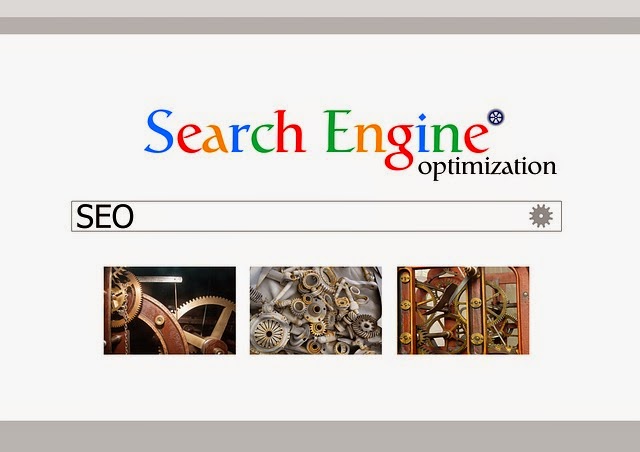12/19/2014
Quick exercise: open up Google in another tab or  window. Pick a topic that interests you and conduct a Google search. When Google displays the results for you and provides you with suggested websites, click on one of the links and learn more about your topic. Finished? I bet my bottom dollar that you opened up one of the links from the first page of your results.
window. Pick a topic that interests you and conduct a Google search. When Google displays the results for you and provides you with suggested websites, click on one of the links and learn more about your topic. Finished? I bet my bottom dollar that you opened up one of the links from the first page of your results.
Now let’s look at things from a customer’s perspective. When your target audience types in your products, parts or services into Google, you want your company’s website to be found on the first or second page of the results section, correct?
This is where Search Engine Optimization (SEO) comes in. SEO is the process of improving your website’s visibility on search engines such as Google, Bing and Yahoo. SEO is very technical and a tricky thing to understand initially. So we’ll try to provide you with a little “SEO 101” to get your feet wet with the topic.
Search engines such as Google have a proprietary algorithm to determine which websites appear on the first page of their results section. There are things you can do with your website, both directly on your website and “behind the scenes,” to help it get found before your competitor’s.
Due to variation in search engine methodologies, there is no surefire way to immediately go from the bottom of the list to the top in search engine results. Correct SEO practices take months, if not years, to show significant improvement in search engines, but the ROI for this work will end with more of your target audience being able to reach your website. While there are many factors that determine your ranking, here are some things to keep in mind:
- Content: An easy first step to improving your website’s SEO is to go over your content. The subject or focus of your business should be reflected in your websites pages. For example, if you’re a food manufacturer from Detroit, the words “Detroit food manufacturer” should appear in the content of your pages, as well as more specific details of your individual products. This way, when customers use Google to look for local food manufacturers, your website will be pulled up along with any others.
- Indexed pages: In a nutshell, an indexed page is any page on your website that can be discovered by search engines. The quality of your pages is more important than the quantity of your pages. However, it’s generally easier to be discovered by search engines with more indexed pages.
- Page titles / Meta data: Simply put, there are things you can do “behind the scenes” with your website that can improve its visibility. A page title is the perfect opportunity to take advantage of quality keywords that will better tell search engines what the content inside contains. You may or may not be able to change your page titles depending on your website platform, or you may have to talk to your website programmer or a marketer for more information on this.
- Content vs. Images / Videos: Visuals such as pictures and videos are very important to a manufacturer’s website. However, your website shouldn’t exclusively be limited to visuals. Although this may be more visually appealing, it may not be as functional from an SEO perspective. Make sure that your visuals are accompanied by descriptions and key words.
A website is a solid investment for any manufacturer looking to grow their client base and provide information to potential and current clients about the products and services they offer. However, there’s no point in having a strong website if it can’t be found.
For more information about MMTC’s website and SEO services, click here or contact us at 888-414-6682 or via email at inquiry@mmtc.org.
Since 1991, MMTC has assisted Michigan’s small and medium-sized businesses compete and grow. Through personalized services fitted to meet the needs of clients, we develop more effective business leaders, drive product and process innovation, promote company-wide operational excellence and foster creative strategies for business growth and greater profitability. Find us at www.mmtc.org.
Categories: Sales & Marketing